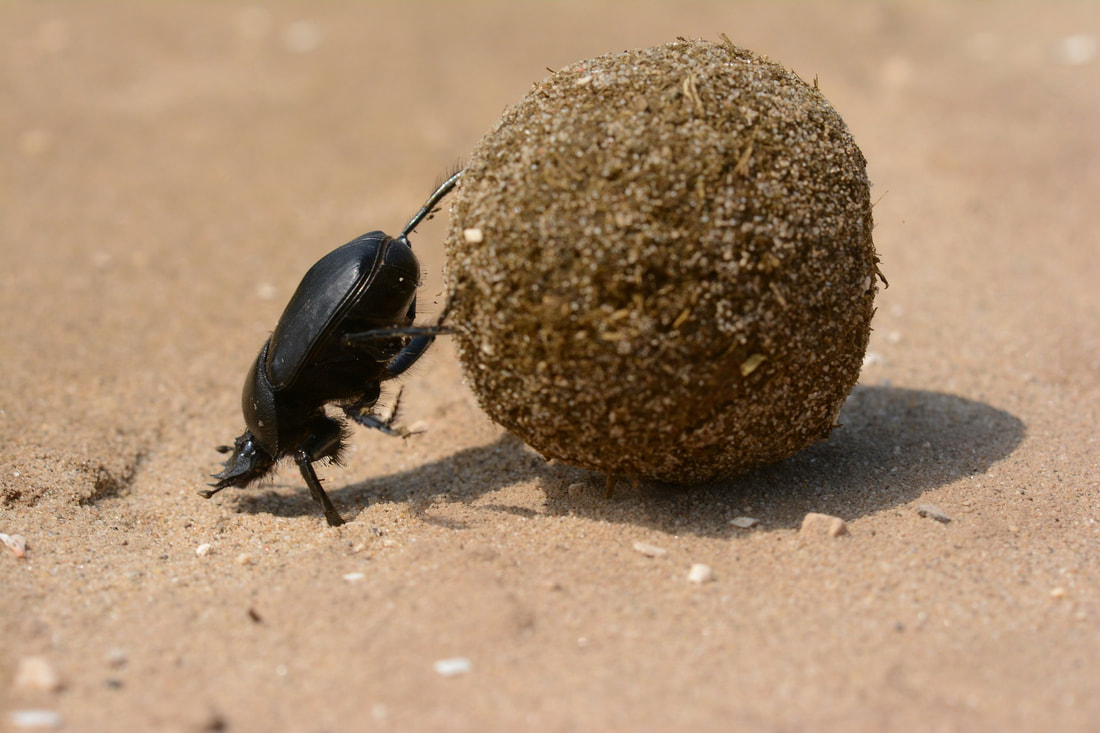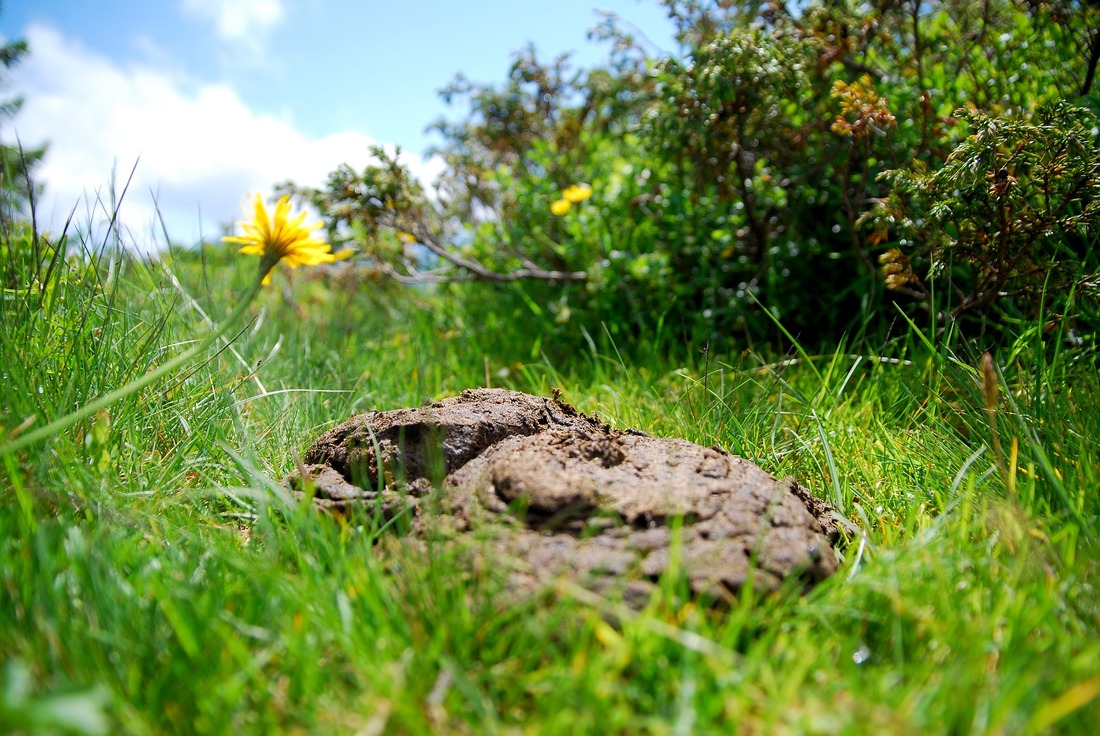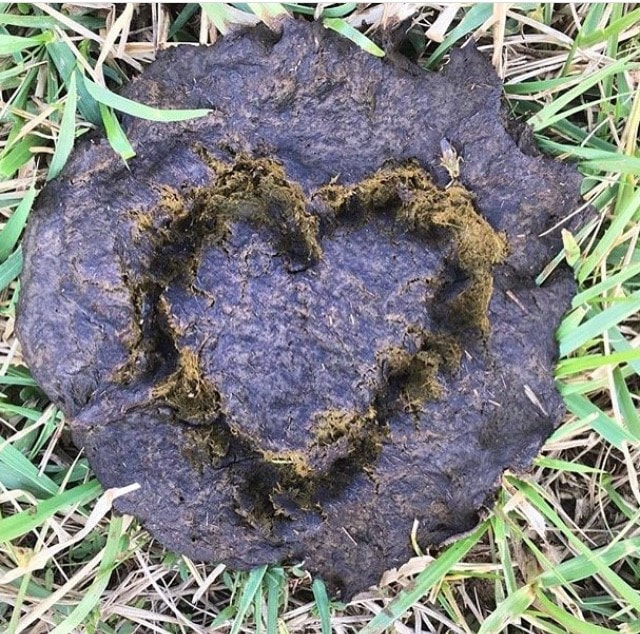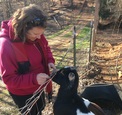How Dung Beetles Improve Health Of Regenerative Farms
Dung beetles are the strongest animals in the world. They can pull 1,141 times their body weight. That’s like a human pulling six fully loaded double-decker buses. They are found on every continent except for Antarctica.
Unlike the dung beetles I watched with curiosity as a kid in Rhodesia (now Zimbabwe) that would roll a ball of elephant dung much larger than themselves, the dung beetles in North Carolina are mainly tunneling (lay eggs in the soil beneath the cow pat) or dwelling (lay eggs in the cow pat). Tunneling dung beetles are the most beneficial to soil and pasture by acting as living feritlizers. By burying cow poo as food for their young, they aerate, introduce organic matter, and cycle the nutrients that are present in cow dung to the soil. The dwelling beetles have the additional benefit that they compete for manure with horn flies that can irritate the cows. Natures Fertilizers
Dung beetles are great for pastures.Studies have shown Japanese Millet yields increased 81% and crude protein in bearded wheatgrass increased by 118% when dung beetles were present compared to cow dung alone. Another study has shown that you’d have to apply 200 lbs of Nitrogen per acre to see similar yields of coastal bermudagrass with dung beetle activity. At January 2021 average Nitrogen prices, a healthy dung beetle population would equate to a saving of $88/acre. With our 25 acres of fescue pastures (fescue has similar fertilization requirements to bermudagrass), that equates to a saving of $2,200 each year. Let’s reduce that by 1/3 and say $1465/year because even if we didn’t have dung beetles we would have still have dung. My neighbors that have large commercial chicken houses would debate this. They use their chicken litter to fertilize their cattle pasture for free. My counter argument is that you must get deep in debt to build one 600ft commercial chicken house (most build 2 or more).
When we did our first soil sample after moving here in 2014, the analysis by NCSU indicated the soil had high levels of Zinc and Copper from chicken litter that had been used as fertilizer. They advised not to fertilize with chicken litter anymore because high rates had been shown to stunt root growth over time, making the plants less resilient during periods of drought. Relying on our dung beetle pasture network, we don’t buy fertilizer. If we did, I would ask the following questions of farms I was considering buying manure-based fertilizer from:
What goes in must come out, in this case onto pastures, and these questions will give me the information to decide if the fertilizer has anything in it that does not belong in the soil, in the plants, in the animals that eat the plants and in the people that we provide food for. Balancing Cattle welfare and Dung Beetle welfare.
Controlling flies around cattle herds helps decrease the chance of disease spread and increase the general comfort of cattle. Ear tags infused with insecticides or pour-on treatments (similar to flea control applications in dogs and cats) are widely used for fly control. The problem is both kill dung beetles when excreted through dung, although ear tags seem to kill fewer in the short term than pour-ons. Persistent use of either, however, can negatively affect long-term dung beetle populations. Pyrethroid, which is a natural extract of chrysanthemum flowers, can be equally devastating to dung beetle populations.
As I mentioned previously, a healthy dung beetle population competes for the same manure as flies. Fly control leads to dung beetle death which leads to fewer beetles competing with flies which in turn leads to more flies and more insecticides to control them. As you can see, insecticide use becomes a vicious cycle. Conversely, our dung beetle population is very healthy because we don't use insecticides. We have seen anecdotal evidence of lower populations of horn flies over the seasons, although without some kind of controlled testing it’s hard to say what the season-on-season impact is. When fly pressure is at it’s highest, we use a product called Ecto-Phyte which is a combination aromatic compounds and essential oils that creates a vapor around the cattle that acts as a shield. It’s not cheap, but we are using less of it each year and keeping the dung beetles safe as well. Of course the Pineywoods don’t like the smell and according to Sue it’s quite a comical watching me sneak up on or chase the herd to get close enough to spray them! In addition to flies, cattle occasionally get gastrointestinal parasites which require treatment. A product such as Ivermectin which treats both parasites and flies kills dung beetles. In this respect we are fortunate to raise Pineywoods Cattle. They have not lost their ability to graze for medicine. We have quite a few black walnut trees growing at the edge of the woods that they have access to and it is not uncommon to witness them taking a bite of the leaves, branches or bark. Black Walnut contains the natural anti-parasitic, juglone, that helps control gastrointestinal worms. We have not been able to find any research that indicates juglone has an adverse impact on dung beetles, but judging by the dozens of walnut fly larvae we find feeding on the rotted hulls of walnuts, it’s unlikely to have any long-term impact on dung beetle populations, especially considering the limited amount of black walnut the cattle eat. Rootin' around poo for science and love
One of my future projects is to figure out how to count dung beetle populations so we can start measuring population health over time and secondarily relate populations to the nutrient levels in soil samples. I've tried to document beetle activity in the past by uncovering the top of cow patties so I could photograph them. I have yet to get one photo. As soon as I open one up the beetles immediately bury into the ground. I'm going to have to recruit Sue for help this summer, I reckon if she can open up the patty and I can focus solely on the photo I might have a chance.
I'm sure Sue won't be able to resist her offer of help, especially after I show her this wonderful Valentines card I made for her in the pasture (see below). I don't know how she puts up with me...
Update
I made contact with Kelly Gill at Xerces Society, they focus on invertebrate conservation. She forwarded me information on how to scout for and document dung beetle populations (and other insects) in a more scientific fashion. It's actually a lot easier than I expected, using pitfall traps and a this worksheet. We will begin using this method in 2024, but will put a little cow poo in the trap instead of leaves and dirt. Check back for results. Read also: 6 Questions to Ask Farmers to determine how your food is grown and raised Cleetus the Chicken Retires
11 Comments
Shaun
2/10/2021 12:44:41 pm
Fascinating stuff! I assume the beetles scatter when lifting the cow pie because of the light? What if you did it at night with a flash? Love the valentines message! No beetles were harmed in the making of it I hope :)
Reply
Ozark Akerz
12/18/2021 09:39:13 am
Shaun,
Reply
Gavin Wall
12/18/2021 04:07:39 pm
I've been a dung beetle enthusiast for over 30 years in Aust. Happy to provide information on my experience.
Reply
Ozark Akerz
12/19/2021 08:06:31 am
Gavin, I have connected with you on LI, sounds like you have a lot of knowledge to share. Looking forward to speaking soon.
Reply
Gavin Wall
12/19/2021 02:41:49 pm
I accidentally unsubscribed from your blog. Hope this will get me back.
the most beneficial to soil and pasture health. By burying cow poo as food for their young, they aerate, introduce organic matter, and cycle the nutrients that are present in cow dung to the soil. The dwelling beetles have the additional benefit that they compete for manure with horn flies that can irritate the cows.
Reply
5/3/2023 12:27:31 am
Would love an update on this...Ectophyte is no longer made so I have been trying out some homeage fly spray solutions for my cattle but it's only a temporary relief at best. Been creating a bunch of fly traps to help with their fly pressure. Do any of the ingredients in the homemade solutions (vinegar, essential oils, cooking oil, dish soap or shampoo) hurt dung beetles? We see them but they aren't in an abundance so I am worried this is hurting them...please advise if you are using something that works. Thanks!
Reply
Gavin Wall
5/3/2023 03:45:08 am
Traci
Reply
5/4/2023 11:54:15 pm
Thank you so much Gavin for the reply! We are in south central Texas if that helps...I don't know the scientific names but we have tunnelers (because I see the sand piles around the patties) and rollers (not as many of those). Saw several rainbow scarabs as well but not sure which type they are.
Gavin
5/5/2023 12:44:14 am
Traci
Reply
Traci Rickert
5/5/2023 09:44:13 am
Thank you Gavin! We have used Cydectin (knowing it was a different subgroup of ML's) but I did notice after we used it there was a drop in dung beetle presence so it definitely still seems to have some effect on them but noticed the flies are right back on them after a week (I am sure the Cydectin pour on stays longer in the system to knock down the internal parasites). I was going to stick with cydectin but use during the winter months only when the dung beetle population isn't as great. Thank you for the article on garlic...will read that and see what i can add to the routine :) Hoping the tide will change and we have more dung beetles to help keep the flies at bay.
Reply
Leave a Reply. |
Categories
All
Archives
April 2024
Check out our YouTube channel
Copyright © Turboxark Inc 2014-2024 - Terms of Use
|






 RSS Feed
RSS Feed